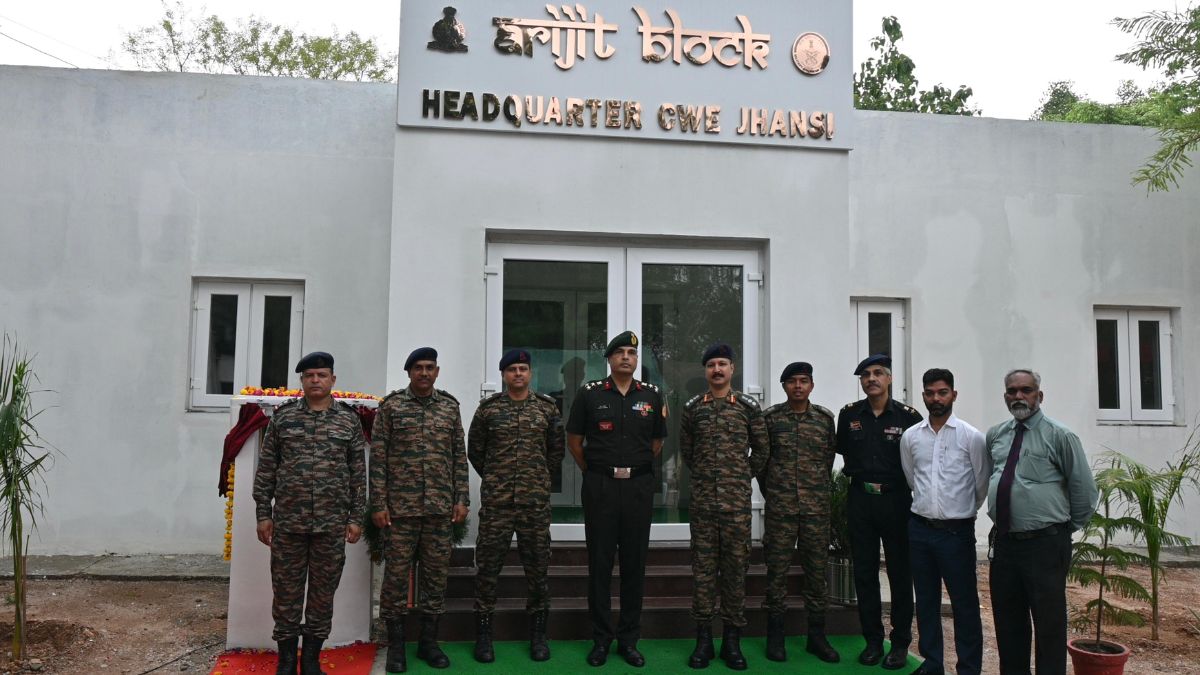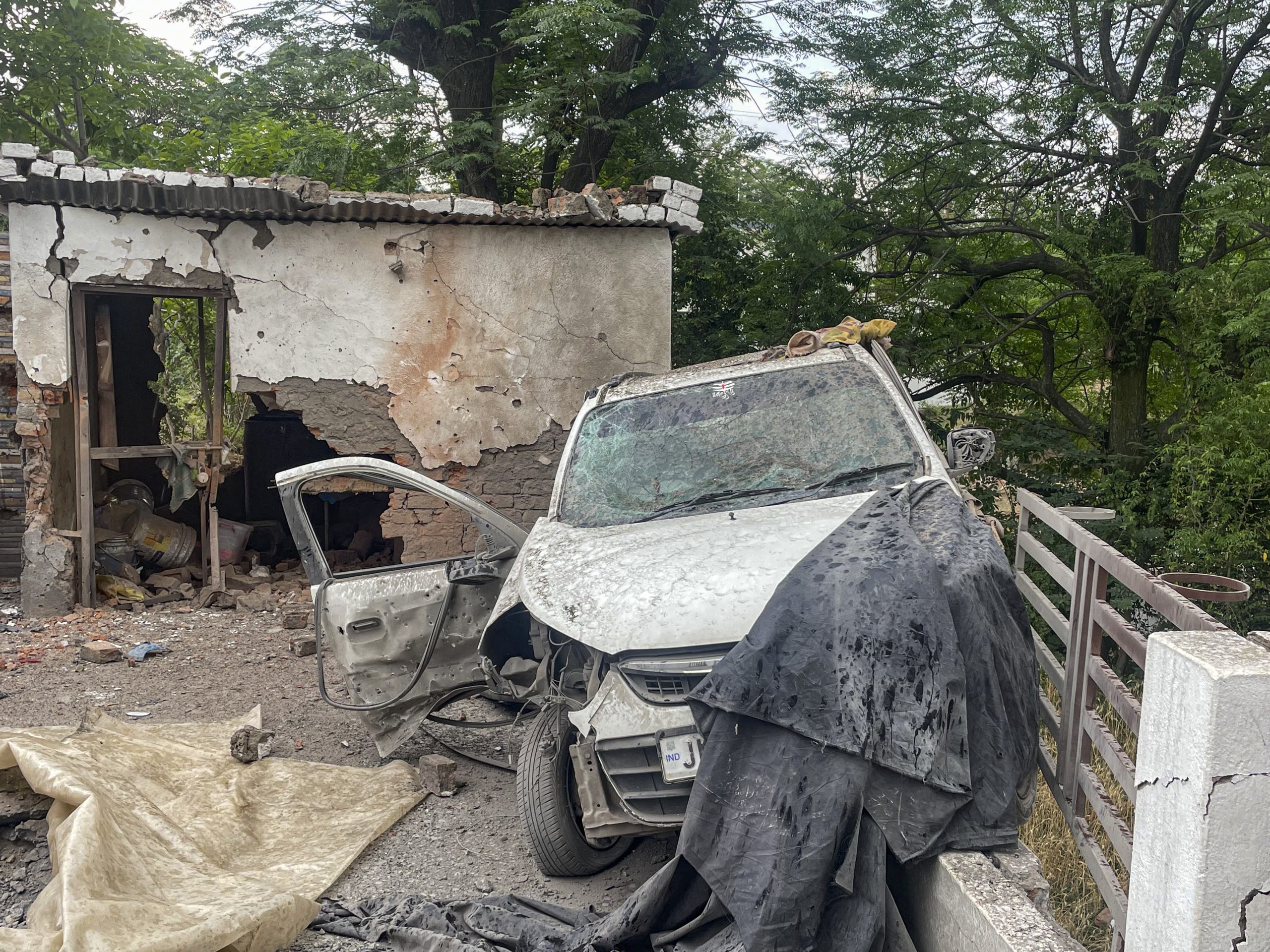Indian Army Inaugurates First Geothermal-based Net Zero Energy Defence Building in Jhansi

The building's structure is revolutionary from an environmental standpoint. Image courtesy: Indian Army
The Indian Army’s Southern Command has inaugurated the country’s first geothermal-powered net zero energy defence building in Jhansi, Uttar Pradesh. The structure, developed under the Year of Technology Absorption initiative, was virtually inaugurated by Lieutenant General Dhiraj Seth, General Officer Commanding-in-Chief of Southern Command, from Pune.
Constructed in under four months, the facility showcases the Army’s shift toward sustainable infrastructure, aligning with the national goal of achieving carbon neutrality by 2047.
What makes this building a net zero energy facility?
According to the Army, “this innovative facility[…]harnesses geothermal energy by exchanging heat with the earth to maintain a naturally balanced internal environment, significantly reducing external energy reliance.” The building combines geothermal and solar energy systems with smart design and intelligent energy management to achieve annual energy neutrality. Its performance was independently assessed by the National Institute of Technology (NIT) Calicut, which confirmed that it “achieves complete annual energy neutrality… reinforcing its standing as a pioneering model in sustainable defence infrastructure.”
How much environmental impact will it reduce?
The building is estimated to offset over 50 tonnes of CO₂ emissions annually. It is equipped with smart lighting, energy-efficient automation, light and motion sensors, and a solar rooftop system, all of which ensure minimal power consumption and continuous functioning even in off-grid conditions.
Why is this project significant for the Indian Army?
Army officials state the building “exemplifies the spirit of the Year of Technology Absorption, showcasing rapid construction, use of alternative materials, and integration of sustainable systems.” It sets a precedent for constructing similar green buildings in remote and forward areas where operational autonomy and environmental resilience are critical.







